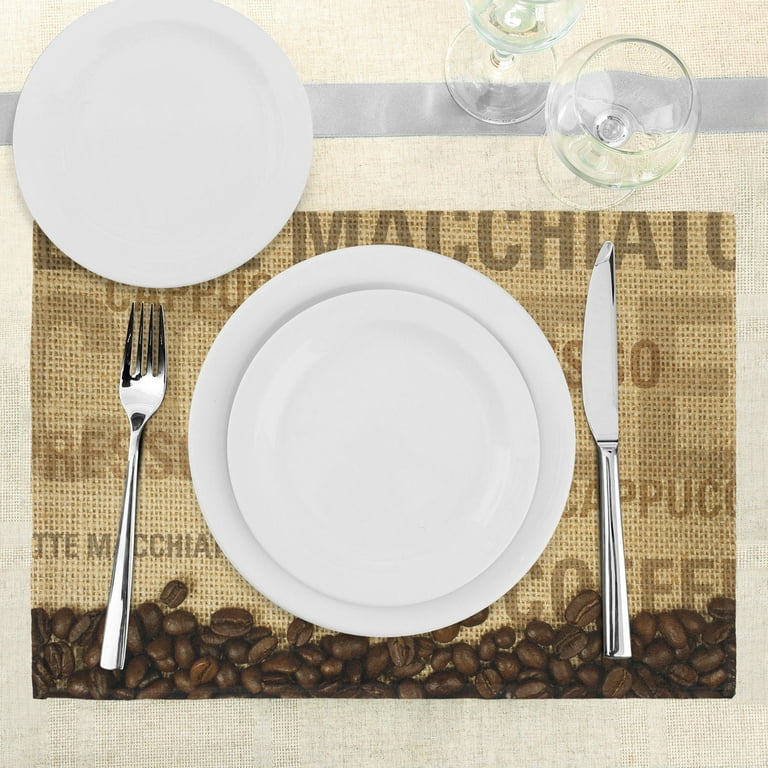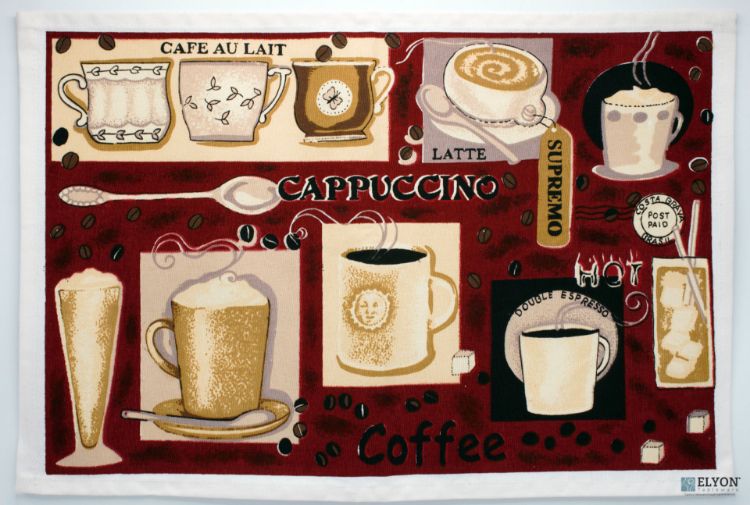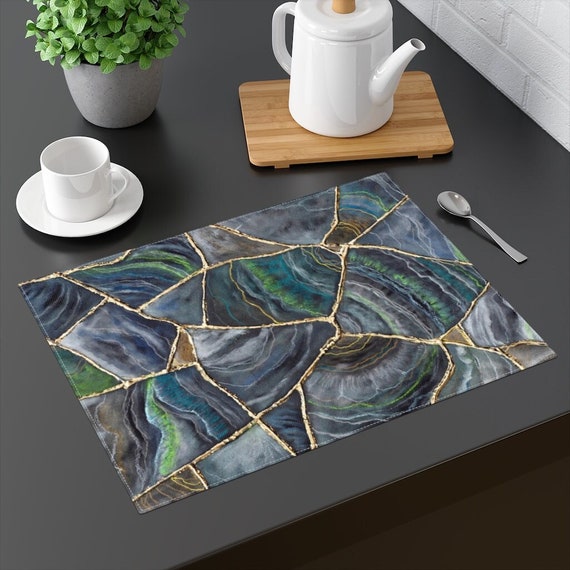The Basic Principles Of Unique Art
The Basic Principles Of Unique Art
Blog Article
Unique Art - The Facts
Table of ContentsFascination About Unique ArtThe smart Trick of Unique Art That Nobody is Talking AboutUnique Art Can Be Fun For AnyoneThe Greatest Guide To Unique Art
While one may question which art type holds precedence, the fact stays that each of these seven types gives a special window right into human background, culture, and advancement. They are the tapestries that chronicle our journey, reminding us of our past while inspiring visions for the future.Excellent art work tells a story, makes people look twice, and develops a distinct experience that can't be matched. Art and pictures interact every one of that through shade, form and various other style components. Find out exactly how to make your distinct artwork stand apart from the group.

8 TRIA GIOVANEqual parts grand and laidback, this entrance hall designed by Anthony Baratta is the perfect blueprint to follow if you're embellishing a formal entry that still really feels unfussy and comfy. Formed fabrics take spotlight (see the carpets and the sofa), but they also help bring the high ceilings to a human scale when hung over wallpaper.
The Only Guide to Unique Art
18 Heidi Caillier DesignA gallery wall doesn't need to take up the entire room. Occasionally a small one can make a larger style statement. In this living area, Hiedi Caillier opted for micro-mini frames and an arbitrary structure.
, the expression of concepts and emotions, with the development of certain visual top qualities, in a two-dimensional visual language. The elements of this languageits forms, lines, colours, tones, and texturesare used in different means to produce feelings of quantity, room, motion, and light on a flat surface area. These elements are combined into meaningful patterns in order to represent actual or superordinary sensations, to interpret a narrative motif, or to develop completely abstract visual connections.
Later the concept of the "great musician" developed in Asia and Renaissance Europe. Noticeable painters were afforded the social condition of scholars and courtiers; they signed their job, determined its design and frequently its subject and imagery, and developed an extra personalif not always amicablerelationship with their clients. During the 19th century painters in Western cultures started to shed their social setting and protected patronage.
Our Unique Art Statements
Others made an earnings through exploring exhibitions of their job. The why not check here demand to attract an industry had actually replaced the comparable (if much less impersonal) demands of patronage, and its result on the art itself was most likely comparable too. Typically, artists in the 20th century might reach a target market just through business galleries and public galleries, although their work might have been sometimes reproduced in art regulars.

Do not duplicate the design of other musicians if you're looking for your design. Copying various other people's art work can be wonderful in academic objectives yet it will certainly not make you closer to discovering your very own special style. Your creative design has to be, what you such as and what influences you.
I would certainly consider your own style as a design you paint in naturally, when you let go of all ideas and rules and just concentrate on painting, not thinking of it. Unique Art. The design needs to come normally to you when you are relaxed and you can't require it or it will not be your very own style, simply another person's
Unique Art Can Be Fun For Anyone

With time you'll have the ability company website to sort every one of them into your favorite and least preferred groups. Attempt to concentrate your interest on the subjects and mediums that you like and great site before you see it coming you'll have your own personal and one-of-a-kind design, like nobody else have! So in the long run you'll have a few favorite based on paint and possibly a few favored mediums.
The style needs to establish itself gradually with a whole lot of practice and experiments - Unique Art. Thanks for reading this post and if you have any type of inquiries leave them in the comments below, I 'd more than happy to respond to these
Report this page